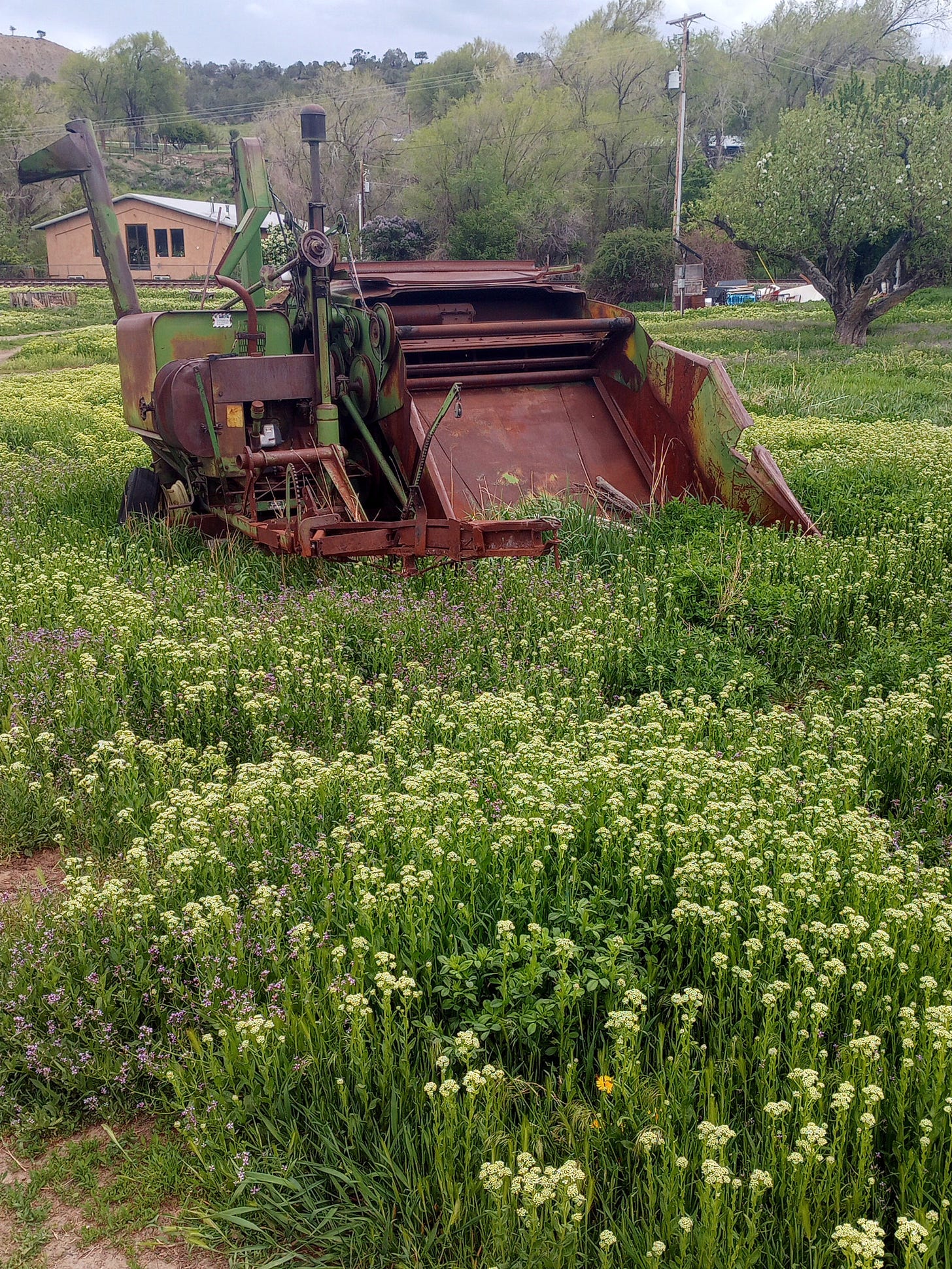The Myth of the “Second Greatest Threat”
An endlessly repeated claim about "invasive species" debunked

This is a draft chapter from the book I am co-authoring with Nikki Hill, tentatively entitled, “Don’t Blame the Messenger: A critique of the ‘invasive’ plant narrative.”
Calls-to-action often rely on claims of damage, past, present or potential. As a particular claim is repeated, it can be inflated, conflated, jumbled, mistaken or otherwise misrepresented, like a game of telephone. In the worst cases, it becomes a case of the maxim that “a lie can travel half way around the world while the truth is putting on its shoes.” This is especially common among journalists, policy makers, and (we are sorry to report) activists. Most journalists lack a background in science and simplify complex issues under the pressure of deadlines and the need to present comprehensible narratives. Policy makers are tying to please corporate donors and activists have agendas. All of them can be served by stories about clear heroes and villains.
The authors of scientific literature face their own challenges with time, funding and professional expectations that can tempt them to cut corners or hew to a particular perspective. It is worth quoting biologist Mark Davis, author of the extensive book, Invasion Biology, at length on this topic:
The process by which preliminary conclusions become inflated generalizations often involves a series of small missteps, each one of which might be regarded as mostly innocuous. For example, when citing a particular finding or conclusion for the first time, authors often take the time to describe the particular context in which the specific finding or conclusion was made. At a later time, the same author may then cite this same finding in another manuscript, or other researchers, without having actually read the original source, may use the information provided by a secondary reference to cite the original work. In both cases, it is common for these subsequent references to leave out the details needed to assess the reliability and generality of the original finding or conclusion. As time goes on, it is not uncommon for the finding or conclusion to be simply stated as fact, with a perfunctory citation of the original author. By now, the original findings or conclusions are often included as boilerplate in introductions and conclusions of articles and proposals. After enough of these iterations, the original finding can become such an integral part of accepted ecological wisdom that many authors feel comfortable in reporting it without citing any source at all. The general problem is that the more often that preliminary ideas and tentative conclusions are presented as an axiomatic starting point for further discussion and research, the more likely it is that practitioners, particularly young practitioners, begin to regard the statements as factual, believing that they have having been thoroughly and comprehensively empirically confirmed.i
In the field of invasion biology, the most egregious example of this process is arguably the claim that “invasive species are the second greatest threat to biodiversity.”
Keep reading with a 7-day free trial
Subscribe to Speaking for the Trees, No Matter Where They're From to keep reading this post and get 7 days of free access to the full post archives.




